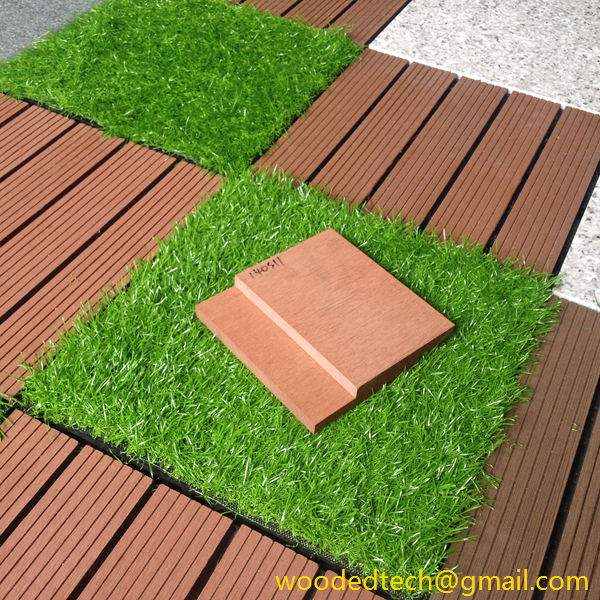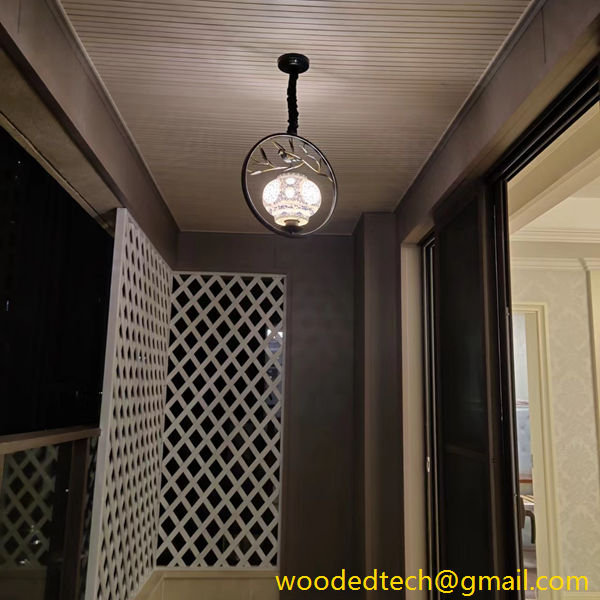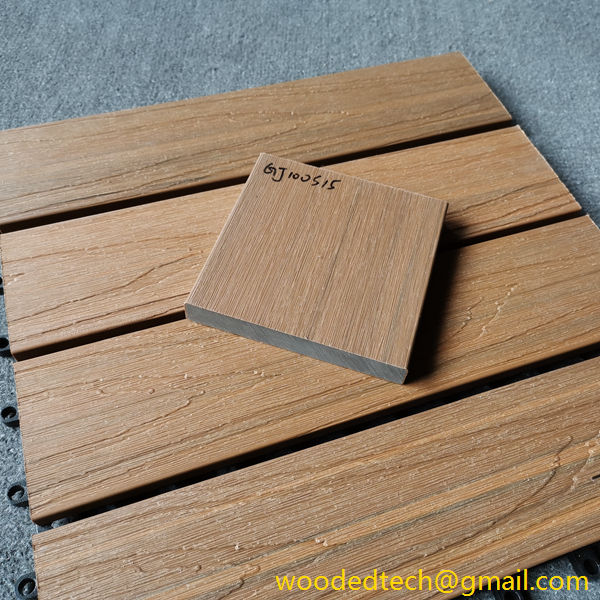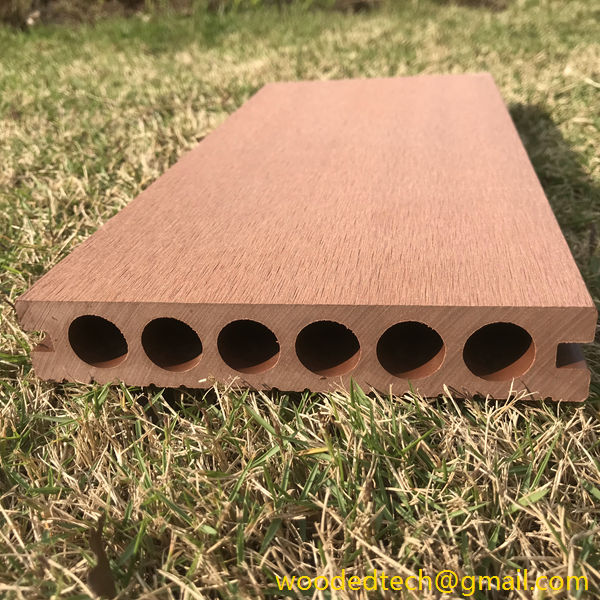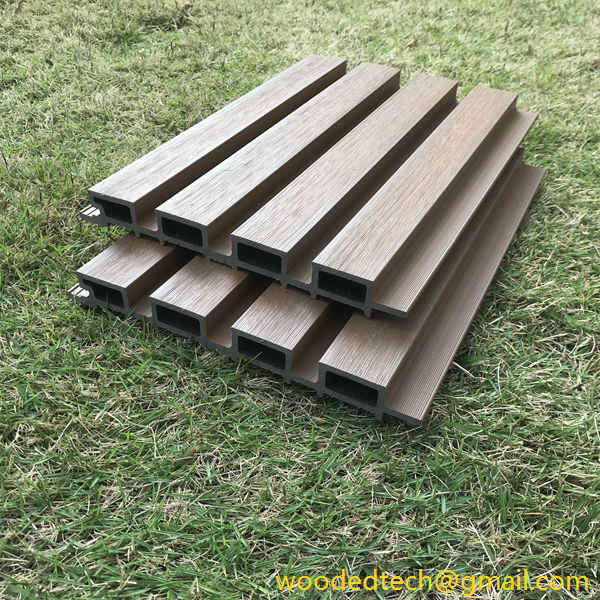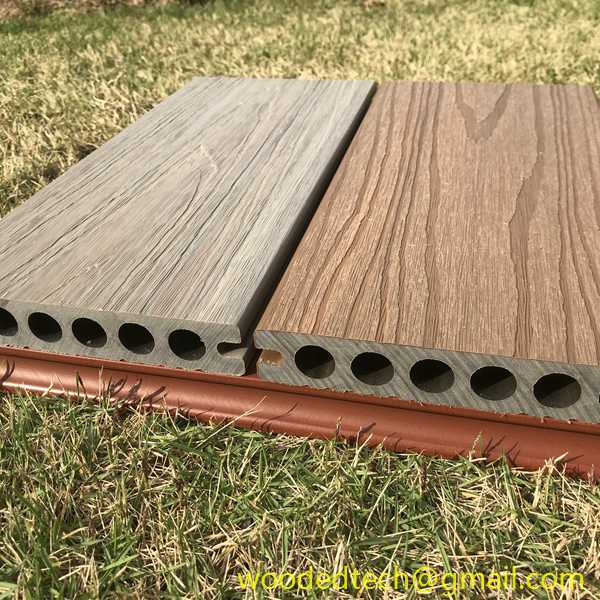WPC Wall Panel Video Tutorials
Wood Plastic Composite (WPC) wall panels have gained significant popularity in recent years due to their durability, aesthetic appeal, and eco-friendliness. Understanding the production process behind these innovative materials is crucial for manufacturers, designers, and consumers alike. This article will delve into the production process of WPC wall panels, highlighting the key stages and considerations involved.
The first step in the production of WPC wall panels is the selection of raw materials. The primary components of WPC are wood fibers or wood flour and thermoplastic polymers, such as polyethylene or polypropylene. The wood fibers are typically sourced from recycled wood waste, making this process environmentally friendly. The use of recycled materials not only reduces waste but also lowers the carbon footprint associated with the production of new materials. The quality of the wood fibers is essential, as they greatly influence the final properties of the WPC. Factors such as particle size, moisture content, and wood species are carefully considered during this stage.
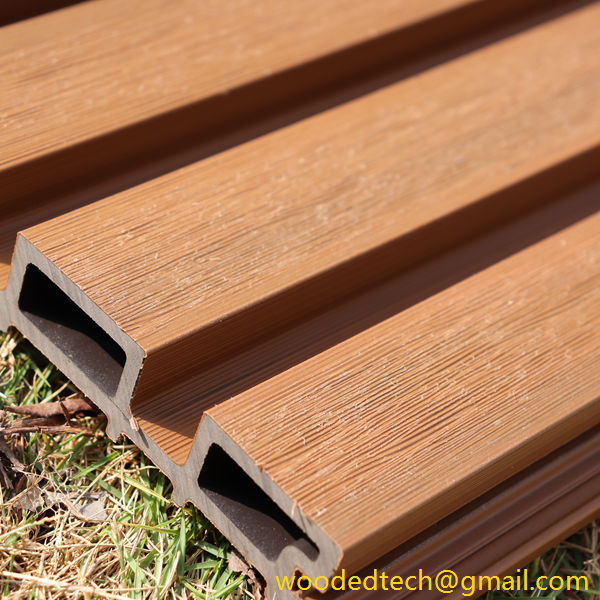
Once the raw materials are selected, they undergo a preprocessing phase. The wood fibers are dried to reduce moisture content, which is crucial for achieving proper bonding with the polymer matrix. If the wood fibers contain too much moisture, it can lead to issues such as mold growth and weakened structural integrity in the final product. After drying, the wood fibers are ground into a specific particle size, optimizing them for the blending process. The thermoplastic polymer is also prepared during this stage, often in pellet form.
The next phase is the blending of the wood fibers and the thermoplastic material. This is a critical step in the production process, as it determines the overall properties of the WPC. The blending is typically carried out using a high-shear mixer or an extruder, where the wood fibers and polymer are combined under heat and pressure. The heat helps to soften the thermoplastic, allowing it to envelop the wood fibers, creating a homogenous mixture. Additives such as UV stabilizers, colorants, and fire retardants can also be incorporated during this stage to enhance the performance and appearance of the WPC wall panels.
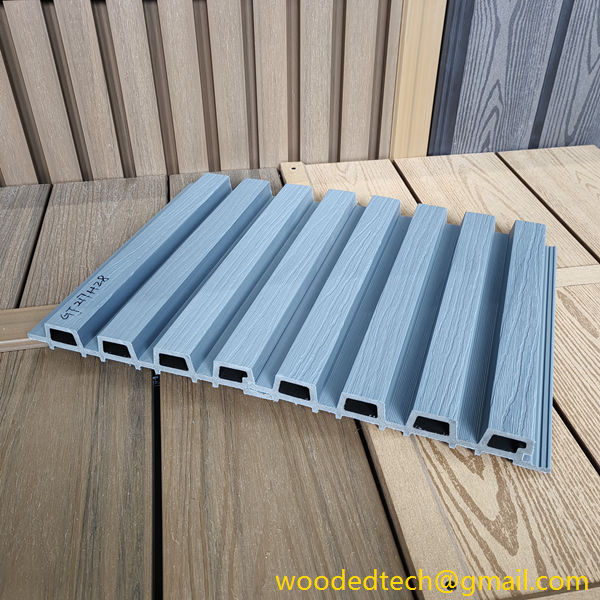
After blending, the mixture is extruded into sheets or profiles. The extrusion process involves forcing the blended material through a die to create the desired shape and thickness of the wall panels. The extruded panels are then cooled and cut to the appropriate lengths. This process allows for versatility in design, as manufacturers can produce various styles, textures, and finishes. The ability to customize the appearance of WPC wall panels makes them a popular choice for both residential and commercial applications.
Once the panels are extruded, they undergo a series of quality control tests to ensure they meet industry standards. These tests include assessments of mechanical properties such as tensile strength, impact resistance, and flexural strength. Additionally, the panels are evaluated for their resistance to moisture, UV exposure, and temperature fluctuations. Quality control is a vital aspect of the production process, as it helps to ensure that the final product is durable and reliable.

After passing quality control, the WPC wall panels are ready for finishing touches. This may involve sanding, painting, or applying a protective coating to enhance their appearance and longevity. The finishing process not only improves the aesthetic appeal of the panels but also adds an extra layer of protection against environmental factors.
Finally, the finished WPC wall panels are packaged and prepared for distribution. Proper packaging is essential to prevent damage during transportation and storage. Manufacturers often provide installation guidelines and technical specifications to assist customers in the installation process.
In conclusion, the production of WPC wall panels involves a meticulous process that combines the principles of material science and engineering. From the careful selection of raw materials to the blending, extrusion, quality control, and finishing stages, each step plays a crucial role in determining the final product’s quality and performance. As the demand for sustainable and aesthetically pleasing building materials continues to rise, WPC wall panels stand out as a viable option that meets both environmental and design needs. Understanding the production process not only benefits manufacturers but also empowers consumers to make informed choices when selecting materials for their projects.

